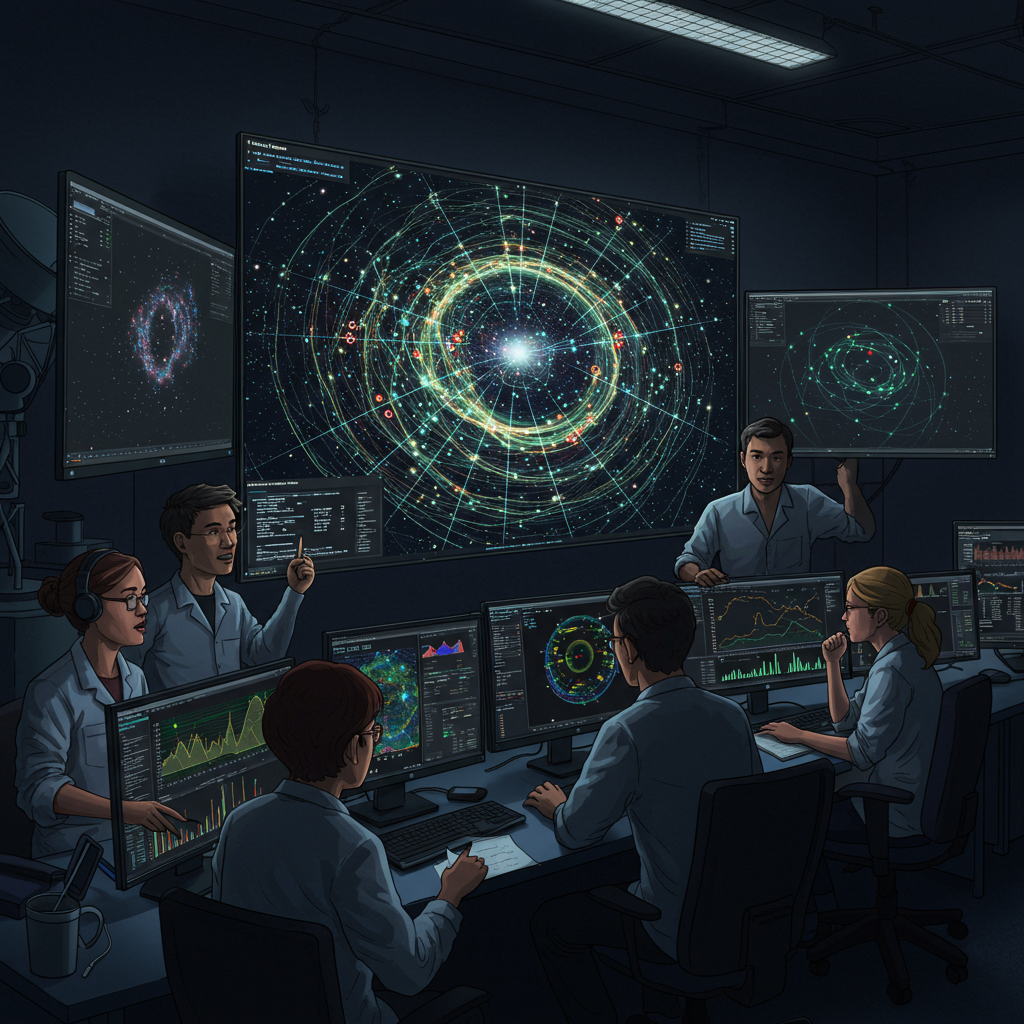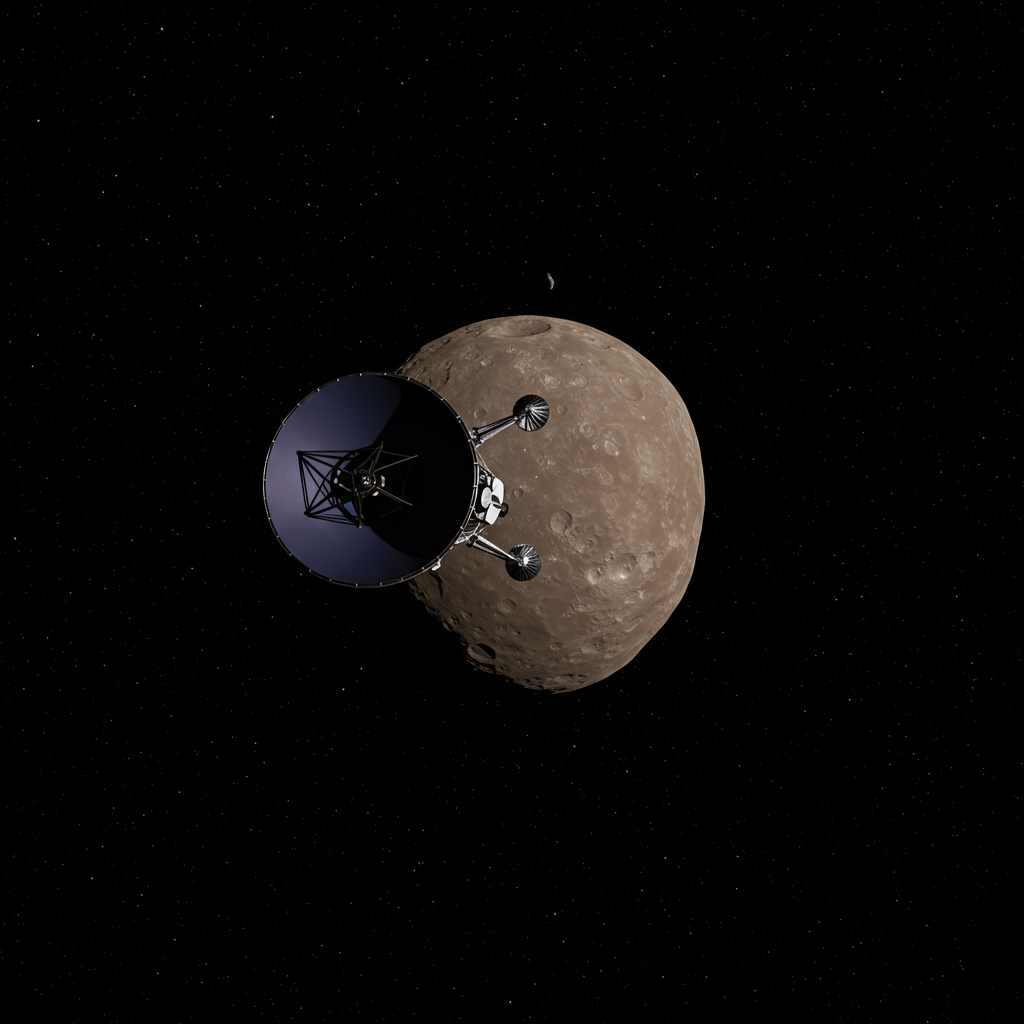Every year on June 30, the world turns its gaze skyward. This date marks World asteroid Day, an international observance dedicated to raising global awareness about asteroids. It’s a day to highlight their scientific importance and understand the potential impact hazards they pose. But why this specific date, and what does this day truly mean for humanity?
World Asteroid Day isn’t just about the past; it’s about the future of our planet and our understanding of the cosmos. It commemorates a pivotal historical event while simultaneously driving forward efforts in planetary defense and space science.
Why We Observe: The Tunguska Event’s Legacy
The selection of June 30 for World Asteroid Day is deeply rooted in history. This date marks the anniversary of the Tunguska event, which occurred over Siberia, Russia, on June 30, 1908. This catastrophic explosion, believed to be caused by an asteroid or comet fragment entering Earth’s atmosphere, remains the largest impact event in Earth’s recorded history.
The Tunguska impact flattened approximately 2,000 square kilometers (about 800 square miles) of forest. The energy released by the blast was immense, estimated to be equivalent to 185 Hiroshima bombs. Despite the scale of destruction, the remote location meant there were no reported human fatalities from the direct blast. The remoteness also delayed scientific investigation. The first formal expedition didn’t reach the site until 1927, nearly two decades later. Researchers found extensive evidence of a massive airburst and shockwave damage, but notably, no impact crater was discovered, suggesting the object exploded before reaching the surface. The Tunguska event serves as a powerful reminder of the potential for unexpected, large-scale impacts from space.
A Global Call to Action: The UN’s Role
Recognizing the importance of the Tunguska event as a stark reminder and the ongoing potential risks, the international community took action. World Asteroid Day was initially established in 2014 by a group of visionary individuals. These included astrophysicist and musician Brian May, Apollo 9 astronaut Rusty Schweickart, filmmaker Grig Richters, and B612 Foundation president Danica Remy. Their goal was to create a global platform for asteroid awareness.
This initiative gained rapid traction. Led by the Association of Space Explorers (ASE), the proposal was endorsed by the Committee on the Peaceful Uses of Outer Space (COPUOS). This support culminated in the United Nations General Assembly officially adopting resolution A/RES/71/90 in December 2016. This resolution formally declared June 30 International Asteroid Day. The UN’s decision underscored the global importance of raising public awareness about asteroid impact hazards and the necessity for international cooperation in addressing potential threats.
Beyond the Blast: Understanding Asteroids
Asteroids are far more than just potential threats; they are fascinating remnants from the birth of our solar system. Orbiting the Sun, primarily in the main asteroid belt between Mars and Jupiter, these rocky, airless worlds offer invaluable insights into the conditions that existed over 4.6 billion years ago. Scientists often refer to them as “time capsules” from the early solar system.
Studying asteroid composition can reveal details about planet formation and the raw materials from which Earth and other planets were built. Some theories even suggest that asteroids (or comets) may have delivered essential elements like water and organic molecules to early Earth, potentially playing a role in the origin of life. Furthermore, as humanity looks toward future space exploration, asteroids represent potential resources. They could provide minerals, water (in the form of ice), and other materials vital for building off-world infrastructure or refueling spacecraft. Understanding these celestial bodies is crucial for both scientific discovery and the future of space travel.
Earth’s Cosmic Neighbors: The Risk Perspective
While the most catastrophic impacts like the one that formed the Chicxulub crater 66 million years ago (believed to have caused the dinosaur extinction) are extremely rare today, Earth exists in a dynamic cosmic environment populated by Near-Earth Objects (NEOs). NEOs are asteroids and comets whose orbits bring them close to Earth’s orbit.
Scientists actively monitor these objects. According to NASA’s Center for Near Earth Object Studies (CNEOS), tens of thousands of NEOs have been discovered and tracked. While their data is reassuring – currently, none of the tracked objects pose a threat of causing widespread destruction to Earth within the next 100 years – the sheer number and the occasional discovery of new objects necessitate continuous vigilance. Recent close approaches, like the stadium-sized asteroid 2003 AY2 passing within about 600,000 miles in June 2024, serve as potent reminders of the presence of potentially hazardous objects in our vicinity, even when safely distant. Historical data, such as Texas ranking seventh among US states for documented asteroid impacts (though generally small and infrequent historically), further emphasizes that impacts, while rare on a large scale, are a real part of Earth’s geological history.
Building Our Defenses: Planetary Protection Efforts
The primary defense against potential asteroid impacts is early detection. The longer before an impact is predicted, the more options humanity has to potentially mitigate the threat. Astronomers worldwide use a network of telescopes to scan the night sky, searching for and tracking NEOs. This ongoing effort is vital for maintaining a comprehensive catalog of objects that could pose a risk.
The capability to discover new asteroids is set for a revolutionary leap forward. The upcoming Vera Rubin Observatory in Chile, while primarily designed for other astronomical surveys, has proven to be an exceptional asteroid hunter. Initial observations show its potential to identify vast numbers of new NEOs. Experts estimate the observatory could discover up to five million additional asteroids in the coming years, potentially surpassing the total number found in the previous two centuries within a very short timeframe. Recognizing the need to accelerate discovery, an initiative known as the 100X Declaration urges for a 100-fold increase in the rate of discovering potentially threatening asteroids over the next decade.
Testing Our Readiness: Deflection Strategies
Beyond detection, scientists and engineers are developing and testing methods to potentially alter the trajectory of an asteroid found to be on a collision course with Earth. This field is known as planetary defense. One of the most promising and recently demonstrated techniques is the kinetic impactor method.
NASA’s Double Asteroid Redirection Test (DART) mission successfully tested this concept in September 2022. The DART spacecraft intentionally collided with Dimorphos, the small moonlet of the binary asteroid system Didymos. This impact successfully altered Dimorphos’s orbit around Didymos, proving that a spacecraft collision can significantly change an asteroid’s path. This mission was a critical first step in validating our ability to nudge an asteroid off a dangerous trajectory. The European Space Agency’s Hera mission is scheduled to visit the Didymos system in December 2026 to further study the aftermath of the DART impact and gather more data about kinetic deflection. Other potential methods being explored include using a gravity tractor, applying solar or nuclear energy, or even more theoretical concepts. Developing these capabilities takes years, highlighting why early detection is paramount.
Looking Ahead: 2029 and Beyond
The coming years hold significant milestones for asteroid awareness and planetary defense. The United Nations has declared 2029 the International Year of Asteroid Awareness and Planetary Defence. This designation strategically coincides with a rare celestial event: the close approach of the large asteroid 99942 Apophis.
On April 13, 2029, Apophis, an asteroid approximately 340 meters (roughly the size of three football fields) in diameter, will make a very close flyby of Earth. It is projected to pass within a mere 32,000 kilometers (about 20,000 miles) of Earth’s surface – a distance closer than some geostationary satellites. Importantly, there is no risk of impact. However, this exceptionally close approach offers scientists an unprecedented opportunity for detailed observation and study of a large asteroid. For observers in parts of Europe, Africa, and Western Asia, Apophis will even be visible to the naked eye as a bright, fast-moving point of light in the sky. This event will undoubtedly be a major focal point during the International Year of Asteroid Awareness, bringing the reality of our cosmic neighbors into sharp focus for people worldwide.
Celebrating Awareness: How the World Marks Asteroid Day
World Asteroid Day is celebrated globally through a variety of events and activities aimed at engaging the public and promoting scientific understanding. These events range from online livestreams offering real-time views of near-Earth asteroids via programs like the Virtual Telescope to expert presentations and panel discussions featuring scientists, astronauts, and educators.
Major multi-day programs often take place in locations like Luxembourg, which hosted a significant celebration in 2025 focusing on “Celebrating 10 Years of Asteroid Day.” Local communities also get involved, with astronomers, educators, and leaders hosting events such as school presentations, public forums, and telescope nights. These local efforts often educate residents about asteroid detection methods, planetary defense strategies, and how organizations like NASA monitor NEOs. World Asteroid Day provides a crucial annual platform to share the latest research, highlight ongoing missions, and foster a sense of shared responsibility in understanding and preparing for potential asteroid impacts.
Frequently Asked Questions
Why was June 30 chosen as the date for World Asteroid Day?
June 30 was selected to commemorate the anniversary of the Tunguska event, which occurred on June 30, 1908. This event involved a massive asteroid explosion over Siberia, Russia, and remains the largest impact event in Earth’s recent history. Choosing this date serves as a historical reminder of the potential consequences of asteroid impacts and underscores the importance of global awareness.
How does World Asteroid Day help raise awareness about asteroid risks?
World Asteroid Day serves as a global platform endorsed by the United Nations. It facilitates numerous public events worldwide, including expert talks, online livestreams of asteroids, educational programs, and local initiatives. These activities highlight asteroid science, discuss potential impact hazards, showcase planetary defense efforts like NASA’s DART mission, and promote initiatives such as the 100X Declaration to accelerate asteroid discovery, educating the public about Earth’s cosmic environment.
What are the main strategies scientists use for planetary defense against asteroids?
Planetary defense primarily relies on two key strategies: early detection and potential deflection. Scientists use telescopes to discover and track Near-Earth Objects (NEOs), aiming to identify potentially hazardous asteroids well in advance. If a threatening object is found, methods like the kinetic impactor technique, successfully demonstrated by NASA’s DART mission, involve intentionally crashing a spacecraft into the asteroid to alter its trajectory, thus preventing a collision course with Earth.
—
World Asteroid Day is more than just a commemoration; it’s an annual call to action and a celebration of scientific progress. By remembering the lessons of the Tunguska event and embracing ongoing efforts in detection, tracking, and deflection, humanity is actively working towards a future where we can better understand and protect ourselves from potential cosmic threats. It’s a reminder that while the risks are real, preparation and awareness are key to navigating our place in the solar system.




